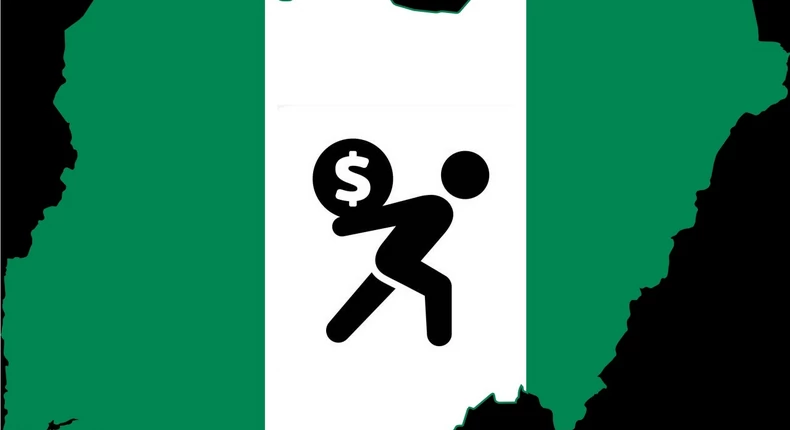Nigeria’s Net Domestic Credit (NDC) fell by 12.8 percent year-on-year to N98.97 trillion in August 2025, according to the Central Bank of Nigeria’s latest money and credit report. The decline, analysts say, mirrors the Central Bank’s monetary policy easing measures as inflation continues to moderate.
A breakdown shows that in August 2025, bank credit to government stood at N23.13 billion, while credit to the private sector amounted to N75.84 billion. This compares to August 2024 figures of N39.39 billion to government and N74.07 billion to the private sector, which brought total NDC to N113.46 trillion.
On a monthly trend, NDC was N102.41 billion in January 2025 and rose slightly by 0.9 percent to N103.37 billion in February, before falling sharply by 34 percent to N68.18 billion in March. It rebounded by 49.6 percent to N102 billion in April, dipped by 1.03 percent in May, and dropped further by 3.13 percent in June. Though July data was unavailable, August saw a mild 1.2 percent recovery.
Dr. Muda Yusuf, CEO of the Centre for the Promotion of Private Enterprise (CPPE), commended the Central Bank’s Monetary Policy Committee for cutting the Monetary Policy Rate (MPR), describing it as “a welcome and timely intervention.” He noted that a lower MPR, alongside reduced Cash Reserve Requirements, should expand banks’ lending capacity, ease borrowing costs, and stimulate business growth and job creation.
However, Yusuf cautioned that fiscal support remains crucial. “Monetary easing alone is not enough. Fiscal authorities must prioritize infrastructure, strengthen regulation, and sustain fiscal discipline to ensure macroeconomic stability and investor confidence,” he said.
David Adonri, Executive Vice Chairman at High Cap Securities Limited, warned that the ongoing contraction in credit could further strain businesses already battling inflation, forex volatility, and weak consumer demand. He noted that Nigeria’s policy move aligns with a wider African trend, with countries like Ghana and Kenya also cutting interest rates as inflation cools.
Despite these regional shifts, Nigeria’s MPR remains among the highest in Africa, reflecting persistent inflationary pressures and cautious monetary management.



